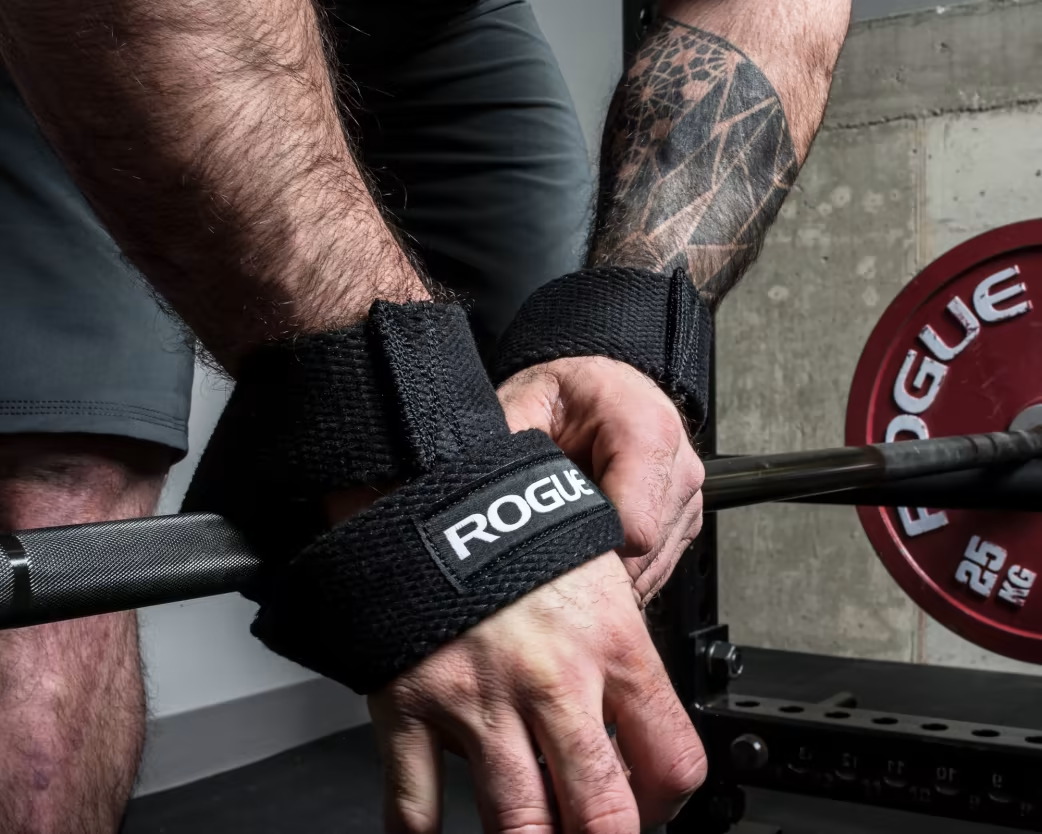Using straps for the gym can be a game-changer for weightlifters and strength trainers. Designed to improve grip, reduce strain on the hands, and support wrist stability, gym straps allow lifters to handle heavier weights and push through intense workouts without being limited by grip fatigue. Whether you’re a beginner or an experienced athlete, incorporating gym straps can help you maximize your lifting potential while reducing the risk of injury.
What Are Gym Straps?
Gym straps, also known as lifting straps, are typically made of durable materials like nylon, cotton, or leather. They wrap around your wrists and the barbell or dumbbell, creating a stronger connection that reduces the load on your grip and forearms. This design allows users to lift heavier weights than they might otherwise be able to manage. Straps are often used for exercises like deadlifts, shrugs, and rows, where grip strength can limit your ability to perform optimally.
Different styles of straps are available, including lasso, loop, and figure-8 straps. Each type has its benefits, so it’s worth trying a few to see which works best for your training style and comfort.
Benefits of Using Straps for the Gym
- Improved Grip: Gym straps are excellent for exercises where grip tends to give out before the targeted muscle. By wrapping the strap around the barbell, you relieve the strain on your hands and forearms, allowing you to focus on engaging the larger muscle groups.
- Increased Lifting Capacity: With improved grip, lifters can handle more weight, helping them break through plateaus and increase strength. This is especially beneficial for deadlifts and pull-heavy exercises that often require a strong grip.
- Reduced Wrist Strain: Properly used, straps help distribute weight across the wrist and hand, reducing strain. This is especially useful for athletes recovering from wrist injuries or those prone to wrist discomfort during lifts.
- Enhanced Muscle Engagement: Without the concern of grip slipping, lifters can focus on muscle engagement, leading to better form and muscle activation. This can lead to faster progress and muscle development.
When to Use Straps in Your Workout
Gym straps are especially useful for heavier sets, typically when working in lower rep ranges with increased weights. Exercises like deadlifts, heavy rows, shrugs, and certain Olympic lifts are prime candidates for strap usage. However, it’s essential to use straps strategically; relying on them for every lift can limit the development of your natural grip strength, so it’s best to alternate between strap-free and strapped sets.
Incorporating straps during exercises where grip fatigue occurs early can also help you extend your set, which is beneficial for progressive overload and muscle growth. However, for exercises where grip is not a limiting factor, it’s recommended to go without straps to build both grip and forearm strength.
How to Choose the Right Gym Straps
Selecting the right gym straps depends on your lifting style and comfort. Here’s a quick guide to the most common types:
- Lasso Straps: Versatile and adjustable, lasso straps provide a snug fit and are great for various exercises. They work well for beginners and experienced lifters alike.
- Loop Straps: Simple and easy to use, loop straps offer a secure grip and are less restrictive than other types, making them ideal for lifters seeking more control.
- Figure-8 Straps: Known for their extra support and grip, figure-8 straps are ideal for heavy lifting but may feel restrictive in range of motion, so they’re best suited for deadlifts and other powerlifting exercises.
Proper Use and Safety Tips
To get the most out of your gym straps, it’s essential to use them correctly. When wrapping the strap around the barbell, ensure it’s tight but not cutting off circulation. Practice the wrap a few times without heavy weight to get comfortable with the motion. Proper use also involves positioning the straps to align with your natural grip, avoiding excessive strain on your wrists.
While gym straps can be a great tool, it’s crucial to avoid overusing them, as this can hinder the development of grip strength. Balance your training with and without straps to maintain overall strength and stability in your wrists, hands, and forearms.
Conclusion
Straps for the gym are a valuable asset for anyone serious about lifting heavier weights and reaching new goals in their fitness journey. By providing extra grip support, they allow lifters to push past limits and fully engage targeted muscles. Whether you’re focusing on powerlifting, bodybuilding, or general strength training, gym straps can help enhance your performance, protect your wrists, and support muscle development.
Raed Also : Educators for 188000: Supporting the Backbone of Our Future












Leave a Reply